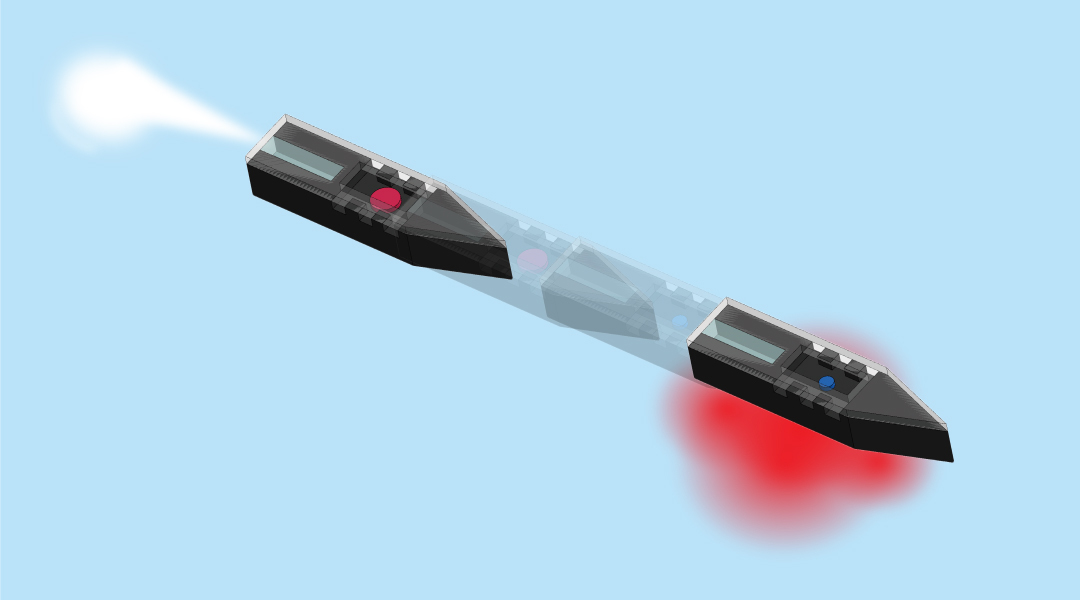Untethered microrobots have great potential and in recent years, this area has exploded with scientists drawing inspiration from living systems to come up with creative ways to navigate environments and carry out different tasks.
In a recent study published in Advanced Intelligent Systems, a team of researchers from Keio University led by Hiroaki Onoe have created a class of microrobot that takes advantage of the Marangoni effect for its propulsion.
The Marangoni effect boils down to surface tension and has been demonstrated in a number of educational videos that demonstrate how to build “soap-propelled boats”. Insects take advantage of this effect to help propel themselves around liquid surfaces and was the inspiration for the new study.
“Insects’ micro-scale ability to propel themselves on the water is highly attractive to help overcome the challenge of developing untethered microrobots,” explained Koki Yoshida, the study’s first author. “For example, small insects, such as the Microvelia and Rove beetles, can rapidly propel themselves without moving their legs. They instead rely on a mass transfer phenomenon that takes place between two liquid regions with different surface tensions. The phenomenon is called the Marangoni effect.”
Researchers have previously produced microrobotic propulson systems based on the Marangoni effect. However, these reports have focused solely on motility and gaining an understanding of the principles behind Marangoni propulsion. This has left room for the development of microrobots integrated with wireless sensors to expand this technology into a vital application: monitoring the environment.
“Our color-changing microrobots can autonomously transmit external information,” said Yoshida. “To easily obtain and interpret information, we included a colorimetric sensor that uses a photonic colloidal crystal hydrogel.” These are stimuli-responsive hydrogels with regularly arranged colloidal particles (with diameter is the range of hundreds of nanometers) that exhibit color-changes by reflecting visible-light.
“This phenomenon is called a structural color and can be seen in various natural materials, such as the wings of Morpho butterflies,” explained Yoshida. “Our stimuli-responsive hydrogels swell and contract in response to external stimuli, leading to changes in the distance between the colloidal particles and their colors without any tethered connection.”
The color-changing microrobots can stay sit on the water’s surface, at the water-air interface. After releasing ethanol, surface tension gradients are generated, leading to movement.
“The heat transfer and diffusion of the surrounding fluid to the integrated photonic gel through holes lead the response of the photonic gel,” said Yoshida. “We demonstrated that the microrobots could sense external temperatures and transmit the temperature as a color change while it propelled across the water to provide a proof of concept for exploring microrobots.”
The team hopes to expand their robots’ applications by enhancing their detection capabilities to include light, pH, and chemical compounds to detect heavy metals, explosives, and environmental toxins.
“This challenge will be achieved by using other types of stimuli-responsive hydrogels, and the development of the photonic gels that respond to the other stimuli, including the metal ions,” said Yoshida. “In the near future, the color-changing microrobots will hopefully be applied for searching out toxic substances or abnormal environmental conditions in places such as aquariums, ponds, and industrial wastewater.”
Reference: Koki Yoshida and Hiroaki Onoe, Marangoni-propulsion micro-robots integrated with a wireless photonic colloidal crystal hydrogel sensor for exploring the aquatic environment, Advanced Intelligent Systems (2022). DOI: 10.1002/aisy.202100248

















